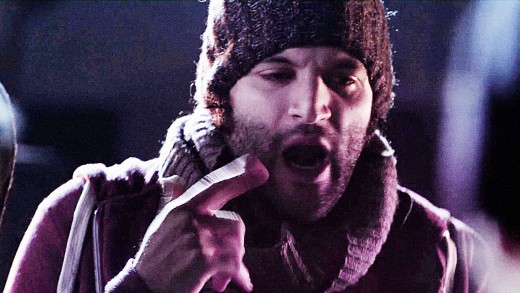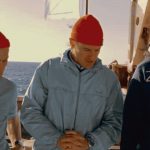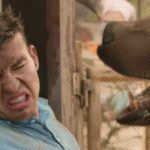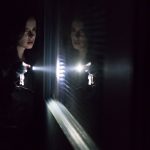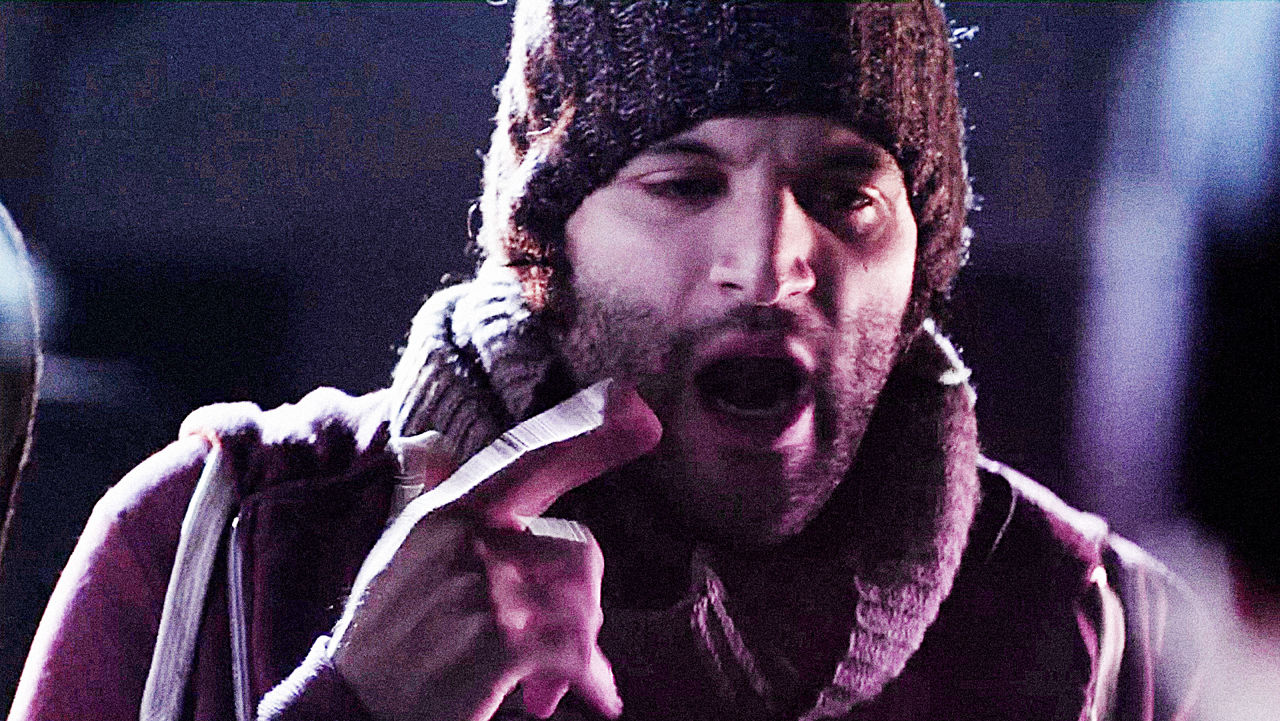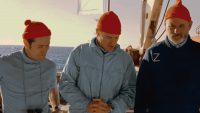Why Making Movies Is Not For The Faint Of Heart
Shooting a film on the fly entails technical challenges you can’t even imagine. Act IV in our series on the making of Beatbox.
It was a pivotal scene. We were on the roof of a former factory in Gowanus, Brooklyn, braving the New York nighttime December chill. The set was awash in light, thanks to a phalanx of equipment, and urban rooftops and chimneys provided a gritty backdrop. A half dozen of our beatboxers were in position, forming a semicircle around Ana Kayne, the movie’s female lead actor. The extras were in place. The crew was standing by. Our director of photography, Justin Stanley, was making last-minute adjustments.
This scene, which we saved for our last day of shooting, had to pop. It was the moment our male lead character, Pete, a struggling young musician, first sees Rye, his rival/love interest, and, ultimately, collaborator. Everything was riding on the audience believing that Rye was a musician nonpareil, a virtuoso vocalist who effortlessly combined beatboxing into her vocal performances, and that Pete would be smitten with her.
One problem, though. The haze machine was busted. Justin had envisioned light that would shimmy through the smoke, casting subtle shadows and zigzags of color as it caught the particles in the air. Without it, the cinematography would be visually blander, which we could ill afford.
Our ever-resourceful line producer, Chip Hourihan, had stashed amid the gear a handful of fake joints to liven up party scenes. Figuring we could substitute this smoke for that of the haze machine’s, Chip began to hand out the faux marijuana.
“Forget it, man,” said one beatboxer, contemptuously. “We brought our own. “
Within minutes, a half dozen beatboxers had filled the rooftop with so much pot smoke, Ana complained of a contact high.
“Keep smoking!” Justin said, urging them to blow the vapors toward the camera perched on his shoulder.
The view through the monitor was gorgeous. Justin shot each of the beatboxers as they free-styled, a boom microphone capturing their percussive solos. Then Ana sang as her backup beatboxers provided tongue- and lip-popping rhythm.
It was total movie magic, improvised filmmaking at its best.
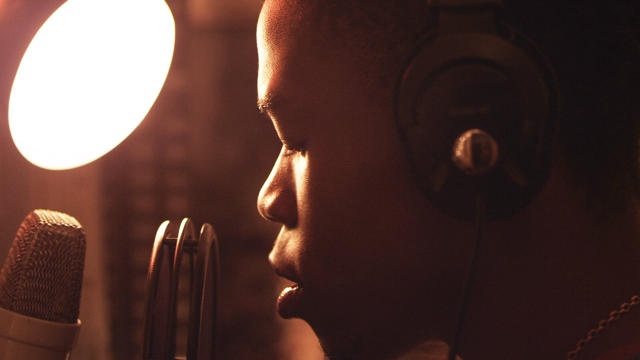
The Evolution Of A Film
Movies are written three times, goes the old saying: in the script, when it’s shot, and when it’s edited. What’s on the page is transformed when actors interpret their roles. How a movie is filmed—the cinematography—affects how an audience experiences it. Post-production: editing, adding music, color correction, and sound design transmute the movie once again, adding depth. Each step profoundly influences the others and, ultimately, the final product.
While the director is ultimately in charge, the director of photography (or DP) is instrumental in expressing our collective vision on the screen. For Beatbox, this responsibility fell to Justin Lee Stanley. Just 25 when we began shooting, Justin had been involved in TV production since he was a teenager, beginning as a production assistant and working his way up to assistant then full-fledged cameraman on documentaries and TV shows such as the cable stalwart Mysteries at the Museum. Beatbox was his first feature-length film.
Justin is a product of our ADD era. As film has given way to much cheaper and easier to use digital video, filmmaking is done much faster. Often, money is tight, prep time is reduced, and actors don’t have the luxury of rehearsals so can’t be counted on to hit their marks. All this affects how Justin lights shots.
In the old days, Justin might have deployed overhead spots to provide hotspots. If someone missed his mark, however, he might end up in shadow, ruining the take. As a result, most indie filmmakers opt for soft light, which is more forgiving. But it has disadvantages. It can yield a bland environment with little shape or texture. Justin’s job then involves bringing as much contrast to soft light environments as possible.
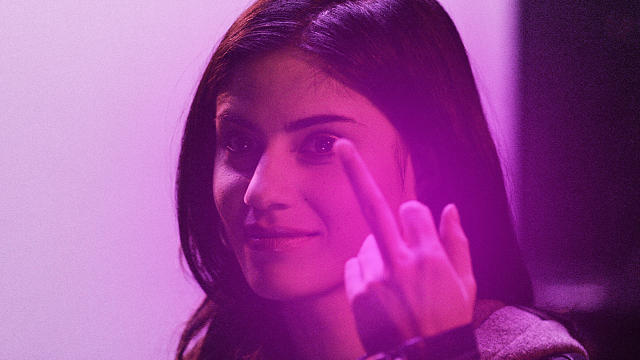
Technical Challenges
Justin’s job was made even more challenging by the diversity of our melting-pot cast.
“We had every skin tone under the sun, and we couldn’t adjust exposures between them on the fly,” he says. “We needed to be able to expose them evenly within the frame.”
Our shoestring budget didn’t allow us to build our own sets, and we couldn’t repaint walls to suit our needs in the spaces we rented or out on the street. With an African-American lead in front of dark walls, or mingling on camera with white or Asian actors with a range of skin tones, Justin had to create contrast by other means. Fortunately, we plowed money into the camera, the RED EPIC with a Dragon sensor, which cost $900 a day to rent.
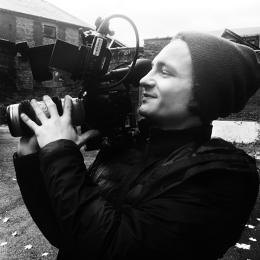
As for the actual shoot, overall it went smoothly despite the inevitable snags. Ana, our female lead, was late the first day, and in the second week a snowstorm forced us to cancel a full day of production. At times, lighting scenes took longer than we had anticipated, and scheduling dozens of people—cast, crew, beatboxers, and dozens of extras on some days—caused all sorts of headaches. Because time is always an issue when you’re integrating so many moving parts, one delay can cause a cascading effect, throwing everybody’s schedule into turmoil.
As with a startup, the battle for resources could get intense. And Chip, as line producer, was in charge of it all. As such, his job, in a nutshell, was to say no, which led to conflicts. One evening, we were running late and our director wanted to light two whole blocks. But that would have taken hours, and Chip said no. Time was running out and Chip had to get our rented equipment back, otherwise we would incur steep penalties.
In the end, they agreed to a heated compromise, and, as Chip predicted, the shots were seamless in the final movie. But the argument was a harbinger, as fights broke out during post-production involving music, film festival strategies, and everything between.
Somehow, we overcame all of this, but if there’s one lesson I learned, it’s that making any movie is not for the faint of heart.
Fast Company , Read Full Story
(20)

